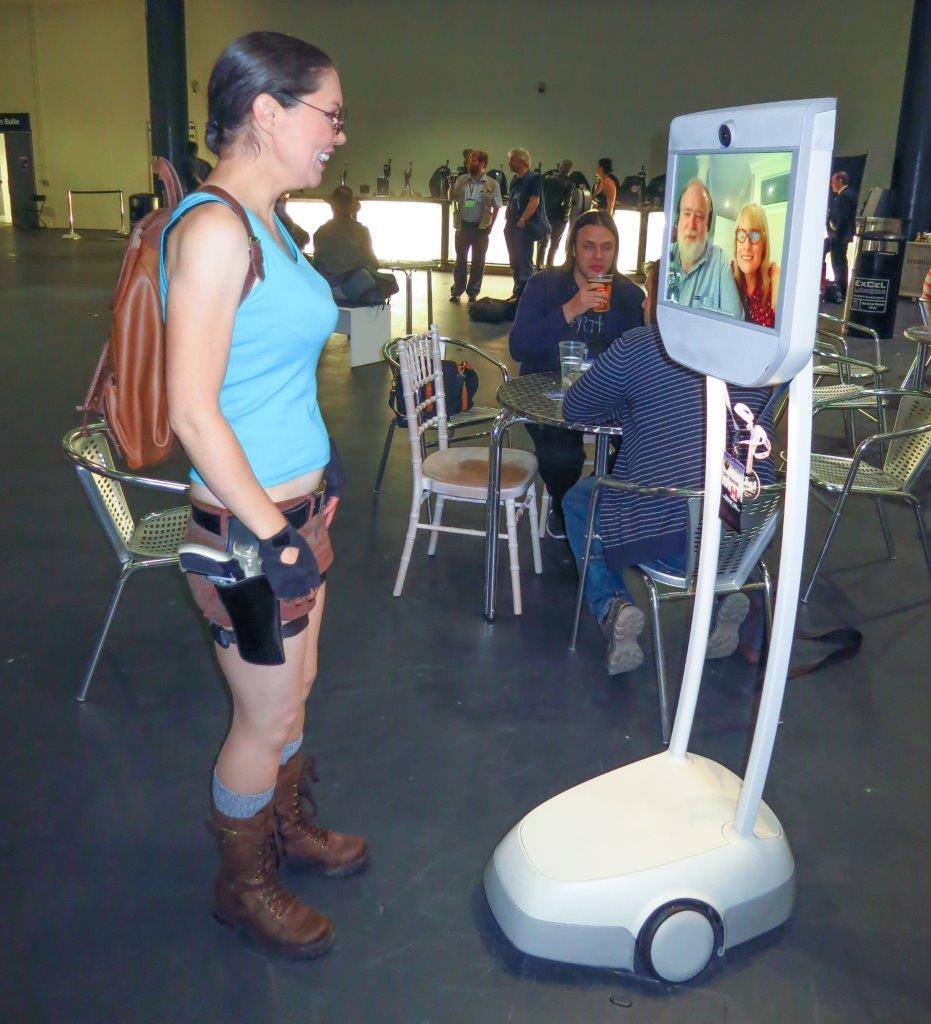Uber's legal battles and robocars
Submitted by brad on Tue, 2014-12-16 01:07Uber is spreading fast, and running into protests from the industries it threatens, and in many places, the law has responded and banned, fined or restricted the service. I'm curious what its battles might teach us about the future battles of robocars.
Taxi service has a history of very heavy regulation, including government control of fares, and quota/monopolies on the number of cabs. Often these regulations apply mostly to "official taxis" which are the only vehicles allowed to pick up somebody hailing a cab on the street, but they can also apply to "car services" which you phone for a pick-up. In addition, there's lots of regulation at airports, including requirements to pay extra fees or get a special licence to pick people up, or even drop them off at the airport.
Why we have Taxi regulation and monopolies
The heavy regulation had a few justifications:
- When hailing a cab, you can't do competitive shopping very easily. You take the first cab to come along. As such there is not a traditional market.
- Cab oversupply can cause congestion
- Cab oversupply can drive the cost of a taxi so low the drivers don't make a living wage.
- We want to assure public safety for the passengers, and driving safety for the drivers.
- A means, in some places, to raise tax revenue, especially taxing tourists.
Most of these needs are eliminated when you summon from an app on your phone. You can choose from several competing companies, and even among their drivers, with no market failure. Cabs don't cruise looking for fares so they won't cause much congestion. Drivers and companies can have reputations and safety records that you can look up, as well as safety certifications. The only remaining public interest is the question of a living wage.
Taxi regulations sometimes get stranger. In New York (the world's #1 taxi city) you must have one of the 12,000 "medallions" to operate a taxi. These medallions over time grew to cost well north of $1 million each, and were owned by cab companies and rich investors. Ordinary cabbies just rented the medallions by the hour. To avoid this, San Francisco made rules insisting a large fraction of the cabs be owned by their drivers, and that no contractual relationship could exist between the driver and any taxi company.
This created the situation which led to Uber. In San Francisco, the "no contract" rule meant if you phoned a dispatcher for a cab, they had no legal power to make it happen. They could just pass along your desire to the cabbie. If the driver saw somebody else with their arm up on the way to get you, well, a bird in the hand is worth two in the bush, and 50% of the time you called for a cab, nobody showed up!
Uber came into that situation using limos, and if you summoned one you were sure to get one, even if it was more expensive than a cab. Today, that's only part of the value around the world but crazy regulations prompted its birth.
The legal battles (mostly for Uber)
I'm going to call all these services (Uber, Lyft, Sidecar and to some extent Hail-O) "Online Ride" services.




 In August, I attended the World Science Fiction Convention (WorldCon) in London. I did it while in Coeur D'Alene, Idaho by means of a remote Telepresence Robot(*). The WorldCon is half conference, half party, and I was fully involved -- telepresent there for around 10 hours a day for 3 days, attending sessions, asking questions, going to parties. Back in Idaho I was speaking at a local robotics conference, but I also attended a meeting back at the office using an identical device while I was there.
In August, I attended the World Science Fiction Convention (WorldCon) in London. I did it while in Coeur D'Alene, Idaho by means of a remote Telepresence Robot(*). The WorldCon is half conference, half party, and I was fully involved -- telepresent there for around 10 hours a day for 3 days, attending sessions, asking questions, going to parties. Back in Idaho I was speaking at a local robotics conference, but I also attended a meeting back at the office using an identical device while I was there.
